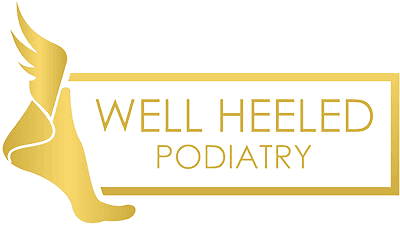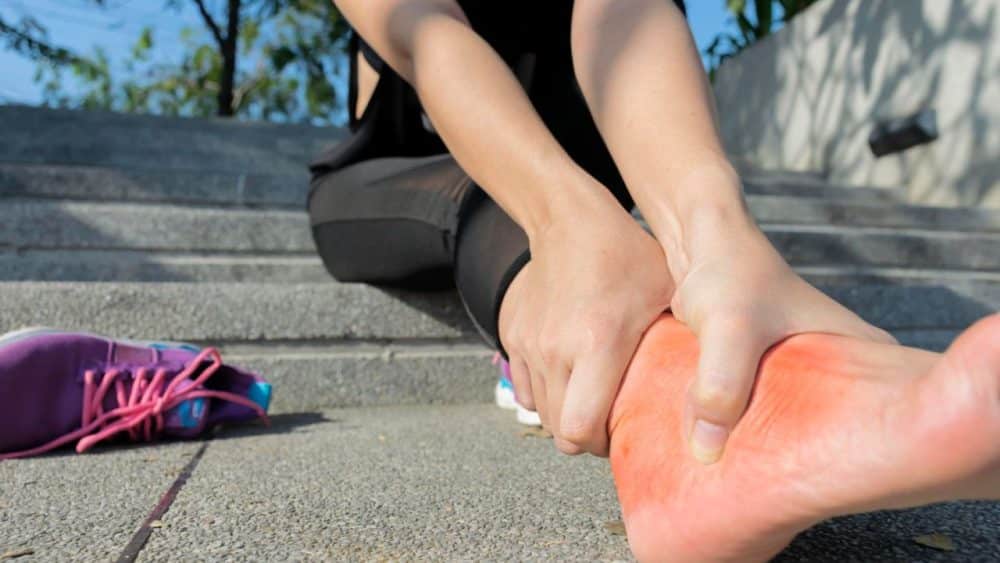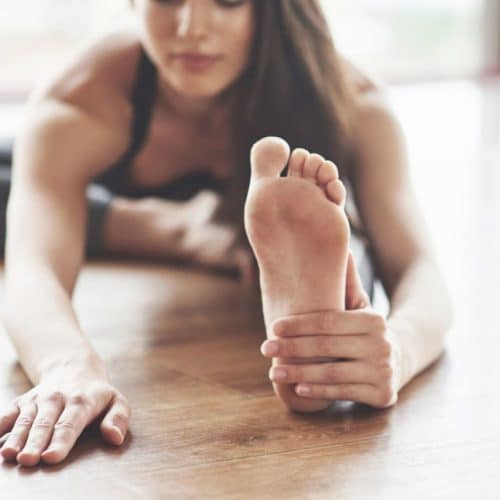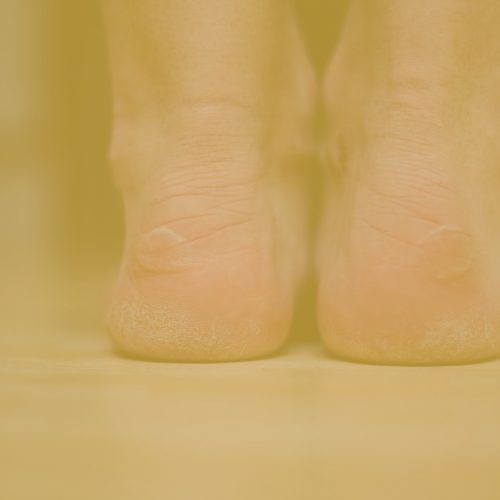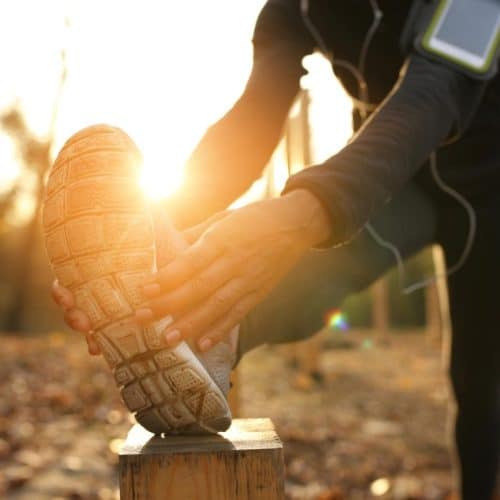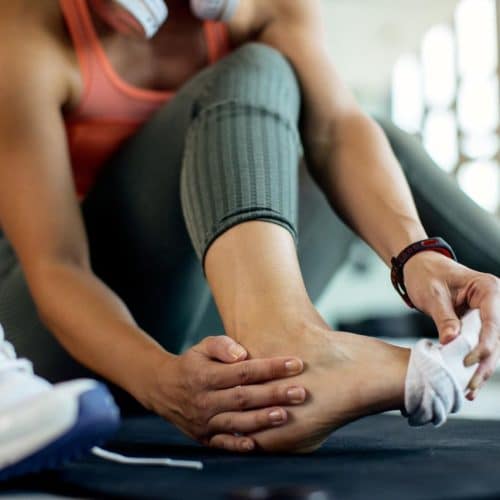One of the most prevalent ailments, especially among sportsmen and those who lead active lifestyles, sprained ankles are one of the most common injuries. But in all honesty, how long does it take for a damaged ankle to recover completely? And what safety measures are to be taken when one is in the process of recovery? Let’s get into the nitty-gritty of it all.
Understanding Ankle Sprains
An ankle sprain is a common injury that affects countless individuals yearly, from athletes to those simply taking a misstep on uneven ground. To truly grasp the nature of this injury, it’s essential to understand the anatomy of the ankle and the role of its ligaments.
1. Anatomy of the Ankle
The ankle joint is a complex structure made up of three bones: the tibia, fibula, and talus. These bones are held together and supported by several ligaments, which are strong, elastic bands of tissue. The primary ligaments involved in sprains are the anterior talofibular ligament (ATFL), the posterior talofibular ligament (PTFL), and the calcaneofibular ligament (CFL).
2. How Sprains Occur
An ankle sprain happens when a sudden twist or force pushes the ankle joint out of its normal position. This can be caused by awkward landings, stepping on an irregular surface, or sudden changes in direction. The result is an overstretching or tearing of the ligaments.
3. Grading the Severity
Depending on the extent of the damage, ankle sprains are classified into three grades:
- Grade 1: A mild sprain where the ligaments are slightly stretched but not torn. There might be minor swelling and discomfort, but the ankle remains stable. The healing time for a grade 1 sprain is approximately three weeks.
- Grade 2: This involves a partial tear of the ligament. Symptoms include moderate pain, swelling, and sometimes bruising. There might be some loss of motion and function. Recovery can take up to six weeks.
- Grade 3: This is the most severe type, where one or more ligaments are completely torn. The ankle is unstable, with significant swelling, pain, and often bruising. The individual might hear or feel a “pop” at the time of injury. The healing process can extend up to 12 weeks, and in some cases, surgical intervention might be necessary.
4. Complications of Ankle Sprains
If not treated properly, ankle sprains can lead to chronic ankle instability, where the ankle frequently gives way. There’s also a risk of subsequent sprains, which can further weaken the ligaments and prolong recovery.
Variables That Affect Recovery Time
The recovery period for a sprained ankle can vary widely from one individual to another. While the grade of the sprain provides a general guideline, several other factors can influence the actual healing time. Here’s a deeper look into these determinants:
- Age: Our body’s regenerative capabilities tend to slow down as we age. Younger individuals often benefit from faster cell regeneration and better blood circulation, which can expedite healing. Conversely, older adults might experience a slightly prolonged recovery due to reduced elasticity and strength in the ligaments.
- Overall Health: A person’s general health plays a pivotal role in recovery. Those with a strong immune system, good nutrition, and a healthy lifestyle might experience quicker healing. Conversely, individuals with underlying health conditions like diabetes or autoimmune disorders might face delayed recovery.
- Severity of the Injury: The extent of ligament damage is a primary determinant of recovery time. A complete tear (Grade 3) will naturally take longer to heal than a mild stretch (Grade 1).
- Rehabilitation: Engaging in proper rehabilitation exercises under the guidance of a physiotherapist can significantly influence healing time. Regular, targeted exercises can strengthen the muscles around the ankle, improve flexibility, and reduce the risk of future sprains.
- Previous Injuries: If an individual has had previous ankle sprains or injuries, the affected ligaments might already be weakened, potentially leading to a longer recovery period.
- Treatment Adherence: How promptly and effectively one adheres to the recommended treatment can make a difference. Following the R.I.C.E. method, taking prescribed medications, and avoiding putting weight on the injured ankle can aid in faster recovery.
- Nutrition: Proper nutrition can support the body’s healing process. A balanced diet rich in vitamins, minerals, and proteins can promote tissue repair and reduce inflammation.
- Mental Well-Being: Believe it or not, one’s mental state can influence physical healing. Stress, anxiety, and depression can potentially slow down the recovery process. On the other hand, a positive mindset, combined with relaxation techniques, can be beneficial.
Understanding these factors can help individuals set realistic expectations for their recovery and take proactive steps to support their healing journey. It’s always essential to consult with healthcare practitioners to get personalised advice tailored to one’s situation.
The Value of Complete Recovery
The journey to recovery from an ankle sprain is about alleviating pain and ensuring that the ligaments and surrounding tissues have fully healed. A common misconception is equating the absence of pain with complete recovery. However, this can be misleading. Even if the pain subsides, the ligaments might still heal and regain strength.
Resuming regular activities or engaging in strenuous exercises prematurely can put undue stress on these not-yet-fully-healed ligaments, leading to re-injury or even causing chronic ankle instability. Chronic instability can manifest as a recurring sensation of the ankle “giving way” during movement, increasing the risk of subsequent sprains and other complications.
Furthermore, repeated injuries can weaken the ligaments, making the ankle more susceptible to future sprains and potentially leading to long-term joint issues, such as arthritis. Therefore, it’s imperative to prioritise complete healing over quick relief.
By giving the body ample time to heal and adhering to recommended rehabilitation exercises, individuals can ensure a stronger, more stable ankle, reducing the likelihood of future injuries and complications.
Tips for Speedy Recovery
Recovering from an ankle sprain requires medical intervention, self-care, and patience. While the body has its natural healing mechanisms, there are several steps one can take to support and expedite the recovery process:
- R.I.C.E. Method: This age-old method is a cornerstone of initial injury management.
– Rest: Give your ankle a break. Avoid putting weight on it, and consider using crutches if necessary. This prevents further injury and allows the healing process to commence.
– Ice: Applying cold packs to the injured area can reduce swelling and numb the area, alleviating pain. Wrap the ice in a cloth to prevent frostbite and limit applications to 20-minute intervals.
– Compression: An elastic compression bandage can help control swelling and support the injured tissues. However, ensure it’s tight enough to avoid cutting off circulation.
– Elevation: Raising the injured ankle above heart level whenever possible can help reduce swelling by allowing fluids to drain away from the injury.
- Physiotherapy: Engaging in physiotherapy can be a game-changer. A trained physiotherapist can guide you through exercises that strengthen the muscles around the ankle, improve flexibility, and restore range of motion. This not only aids in faster recovery but also reduces the risk of future injuries.
- Avoid Putting Weight: Until you receive a green light from a medical professional, it’s wise to avoid putting weight on the injured ankle. This can prevent further damage and complications.
- Wear Supportive Footwear: Wear shoes that provide good ankle support once you start walking again. This can prevent re-injury and offer the necessary stability during the healing phase.
- Medications: Over-the-counter pain relievers and anti-inflammatory drugs can help manage pain and reduce swelling. However, always consult with a healthcare practitioner before starting any medication.
- Stay Hydrated and Eat Well: Proper hydration can reduce swelling, and a balanced diet rich in vitamins and minerals can support tissue repair. Foods rich in Vitamin C, Omega-3 fatty acids, and proteins can aid healing.
- Listen to Your Body: While engaging in rehabilitation exercises is essential, listening to your body is equally crucial. If something feels off or causes pain, take a step back and consult with your therapist or healthcare practitioner.
- Stay Positive: Mental well-being plays a role in physical recovery. Keeping a positive mindset, visualising your recovery, and practising relaxation techniques can speed up healing.
Conclusion
Even though they are rather frequent, ankle sprains are not something that should be taken lightly. It is crucial to allow your body the time it needs to heal completely, and you should do so as soon as possible. Always make sure you are getting the help you need from qualified healthcare practitioners, such as podiatrists, to ensure that you are moving in the correct direction towards recovery. Keep in mind that becoming better is secondary to getting better in the proper way.

